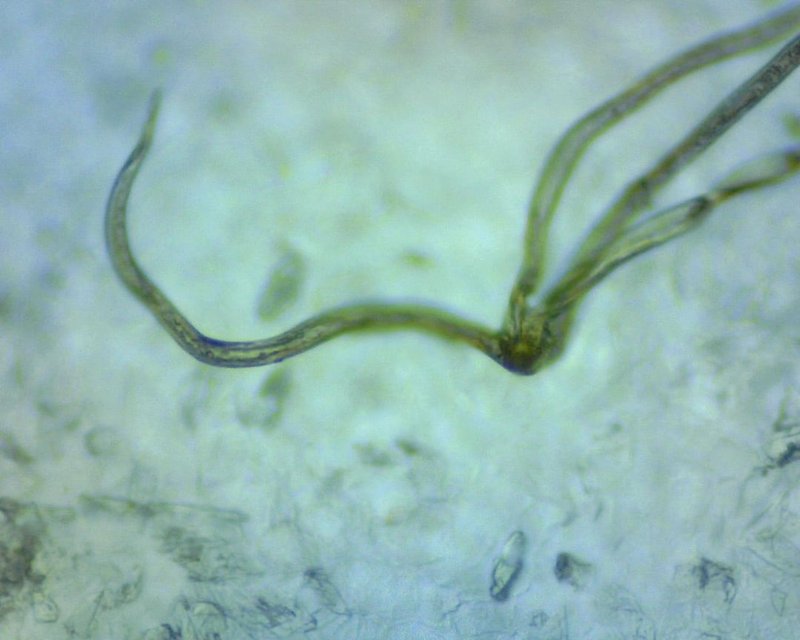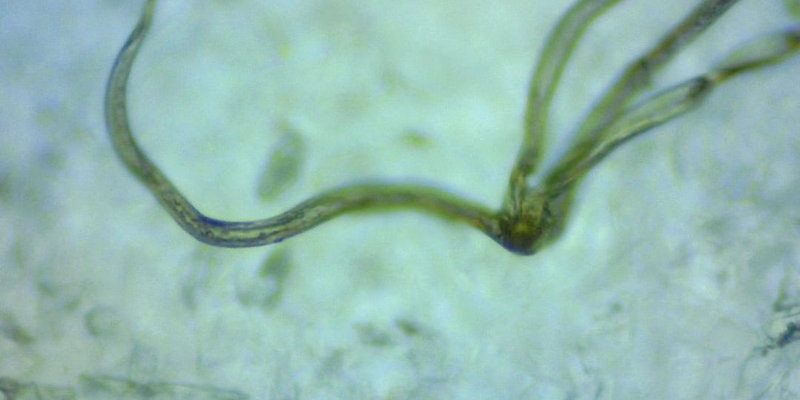
What Are Nematomorphs?
To kick things off, let’s break down what nematomorphs are. These fascinating creatures, also known as horsehair worms, belong to a phylum called Nematomorpha. They start their lives as parasites, often inside insects. Think of them as nature’s own version of a spy thriller—these worms manipulate their hosts to jump into water, where they can escape and continue their life cycle.
As adults, nematomorphs can reach impressive lengths—up to several meters! They have a simple body structure, usually long and thin, which enables them to wriggle around in their aquatic environments. The adult worms are free-living, which means they’re not tied to a host anymore. Instead, they spend their days swimming and searching for mates. Documenting their activity helps scientists understand how they interact with their environment, including their mating habits and predation.
You might be wondering why anyone would want to study these worms in the first place. Well, the way nematomorphs influence the behavior of their hosts and their role in ecosystems is pretty important. By examining these interactions, researchers can gain insights into ecological balances and even the effects of parasitism in nature.
Why Use Field Cameras for Observation?
So, why go with field cameras to document the behavior of nematomorphs? Honestly, it comes down to a few key advantages. First and foremost, these cameras allow for *silent observation*. They capture footage in real-time without disturbing the organisms or their surroundings. Traditional observation methods, like direct human intervention, can easily scare off these elusive creatures.
Field cameras are also incredibly versatile. They can be set up in various environments, whether it’s a freshwater stream or a damp forest floor. With features like motion detection and night vision, you can get a clear view of nematomorph behaviors, day or night. This can reveal behaviors that would otherwise go unnoticed, such as feeding, mating rituals, or how they interact with other species.
Let’s not forget about the sheer volume of data these cameras can generate. Researchers can collect hours of footage over several days or weeks, which can then be analyzed for patterns. This is especially useful in studying nematomorphs, which might not have a predictable schedule. Instead of trying to find them in-person at all hours, researchers can review the footage at their own pace.
Choosing the Right Field Camera
Picking the right field camera is crucial for successful observation. You’ll want to consider a few key features to ensure you capture the best footage of those sneaky nematomorphs. Here’s what to look for:
- Resolution: Look for cameras with at least 1080p resolution. This will ensure you can see the fine details of nematomorph behavior.
- Trigger Speed: A shorter trigger speed means the camera will capture action more quickly. This is vital for capturing fast movements.
- Night Vision: Since many nematomorphs are active at night, having good night vision capability can make a big difference.
- Battery Life: A long-lasting battery ensures you won’t miss out on vital information because your camera ran out of juice.
- Weather Resistance: If you’re placing cameras outdoors, they should be robust enough to handle various weather conditions.
When setting up your camera, think about the location. You’ll want to place it near water sources or where you’ve seen nematomorphs before. It might take a little trial and error, but with patience, you’ll find the perfect spot.
Setting Up Field Cameras Safely
Once you’ve chosen your field camera, setting it up safely is important. You want to ensure that both your equipment and the environment remain undisturbed. Here are some steps to follow:
1. Choose Your Location: Look for signs of nematomorph presence—like insects that could be their hosts or signs of aquatic life.
2. Prepare the Area: Clear any debris or obstacles that might obstruct the camera’s view. This also helps in avoiding unnecessary distractions for the nematomorphs.
3. Secure the Camera: Use a sturdy mount or strap to secure your camera. Make sure it is stable and won’t be easily knocked over by animals or weather.
4. Test the Angles: Before you leave, run a quick test to make sure the camera is capturing the right field of view. Adjust as needed to ensure you’re getting the best coverage.
5. Check Regularly: Schedule times to check on your camera. This way, you can change batteries or adjust settings as needed without disturbing the area too much.
By taking these steps, you’ll help ensure that your study of nematomorphs goes smoothly and effectively.
Analyzing the Footage
After weeks of capturing footage, the next big step is analyzing what you’ve recorded. This part can be as exciting as the initial setup! Here’s how to make sense of the data:
- Watch for Patterns: Look for common behaviors, such as mating, feeding, or interactions with other species. Do they have specific times they seem most active?
- Take Notes: Jot down interesting observations as you watch. This can help with later research or publications.
- Compare with Previous Studies: See how your findings align with or differ from other research. This can open up conversations with fellow researchers.
- Share Your Discoveries: Consider sharing your findings in scientific networks, blogs, or social media. Engaging others can lead to new insights and collaborations.
Through this analysis, you not only expand your understanding of nematomorphs but also contribute to the greater body of knowledge about these unique organisms.
The Importance of Understanding Nematomorph Behavior
Understanding the behavior of nematomorphs is more than just a fascinating academic endeavor. It has real-world implications, particularly in ecology and pest management. These worms can influence insect populations and, by extension, the health of ecosystems. By documenting their behavior, we can gain insights into how they affect the food chain—whether positively or negatively.
Moreover, studying these creatures can shed light on the effects of parasitism in general. As researchers learn more about their life cycles and interactions with other species, it might help us address broader ecological challenges. This knowledge could even lead to advances in fields like agriculture or conservation.
In summary, the humble nematomorph packs a punch in terms of ecological impact. Through thoughtful observation and documentation with field cameras, we can develop a clearer picture of their role in nature.
As you consider embarking on your own journey to study these creatures, remember: patience and curiosity are your best friends. With the right tools and mindset, you’re all set to unlock the mysteries of these fascinating organisms.

